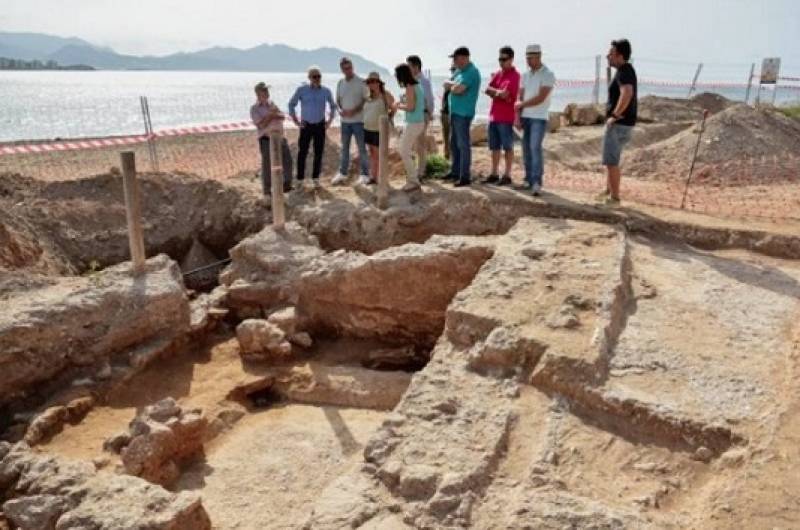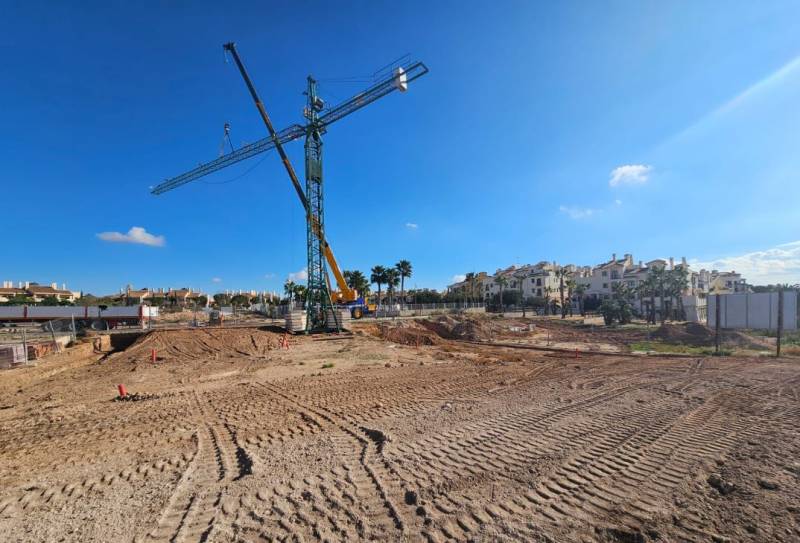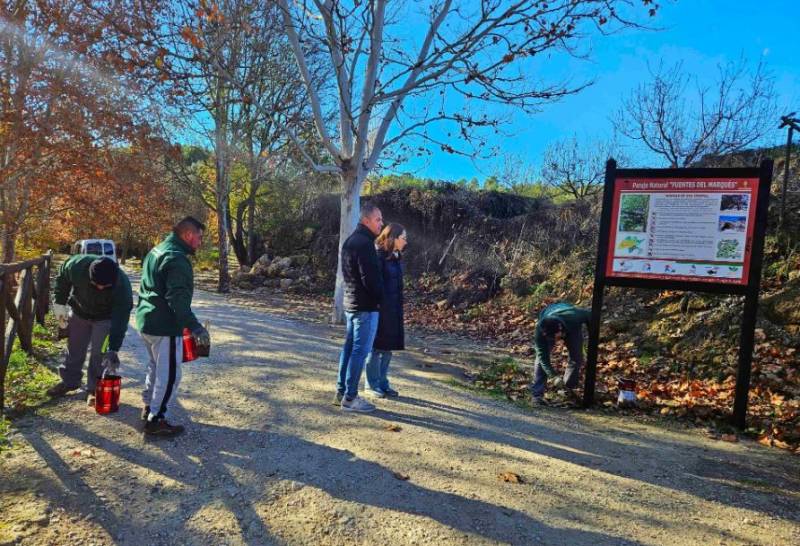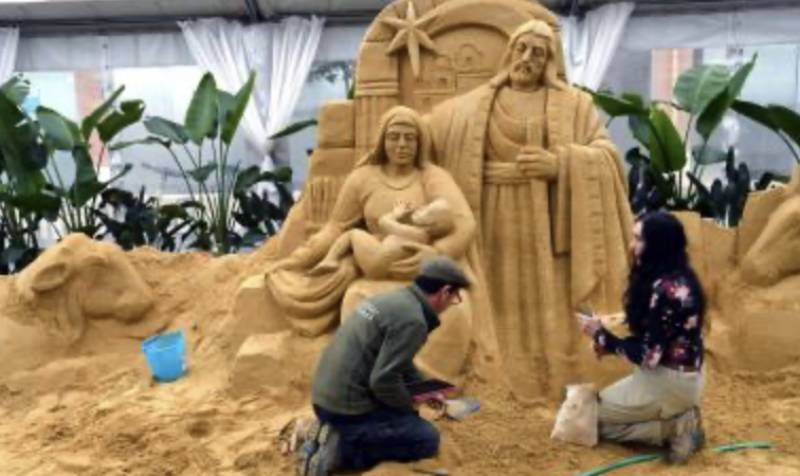

Guidelines for submitting articles to Mar Menor Golf Resort Today
Hello, and thank you for choosing Mar Menor Golf ResortToday.com to publicise your organisation’s info or event.
Mar Menor Golf Resort Today is a website set up by Murcia Today specifically for residents of the urbanisation in Southwest Murcia, providing news and information on what’s happening in the local area, which is the largest English-speaking expat area in the Region of Murcia.
When submitting text to be included on Mar Menor Golf Resort Today, please abide by the following guidelines so we can upload your article as swiftly as possible:
Send an email to editor@spaintodayonline.com or contact@murciatoday.com
Attach the information in a Word Document or Google Doc
Include all relevant points, including:
Who is the organisation running the event?
Where is it happening?
When?
How much does it cost?
Is it necessary to book beforehand, or can people just show up on the day?
…but try not to exceed 300 words
Also attach a photo to illustrate your article, no more than 100kb

Work restarts on Roman ruins in El Alamillo Puerto de Mazarrón
New walkway will include views of hot springs baths and other auxiliary rooms located on the beach
 Three months after its inauguration, works restarts on the El Alamillo promenade in Puerto de Mazarrón to integrate views of the ruins of a Roman villa situated on the beach. The ruins were discovered in mid 2023 during the construction of a new seafront walkway along the coastline of El Alamillo and are thought to be part of the nearby Roman villa which was discovered in the 80s.
Three months after its inauguration, works restarts on the El Alamillo promenade in Puerto de Mazarrón to integrate views of the ruins of a Roman villa situated on the beach. The ruins were discovered in mid 2023 during the construction of a new seafront walkway along the coastline of El Alamillo and are thought to be part of the nearby Roman villa which was discovered in the 80s.
As a result of the discovery the construction of the new promenade was modified at a cost of 385,200 euros sourced through the State Coastal Demarcation agency bringing the total investment in the new promenade to just over 3,500,000 euros, from the funds of the European Union (EU) Recovery, Transformation and Resilience Plan. On completion the new promenade and its historic attractions will be for the enjoyment of local residents and visitors.
The new work is expected to take around three months, and will take in views of the visible structures exposed by the archaeological excavations of the Roman villa and surrounding facilities, including some baths that were thought to be supplied by water from hot springs and other auxiliary buildings linked to the production of salted fish. Archaeologists estimate the villa and surrounding structures date from the high imperial period around the first or second century A.D.
To avoid affecting the protected archaeological site, a series of stainless steel supports and reinforced concrete slabs will form part of a cantilevered walkway over the site to remove the need for supports within the site itself. The walkway will be finished with a treated wood safety railing and low-consumption lighting so the ruins can be viewed both at night and during the day
Further discoveries
Archaeologists and restorers will continue with their work under the direction of Carmen Martínez Mañogil and Alfredo Porrúa Martínez, from CMM Arqueología, with the resumption of the excavation of the air vents of the baths, the system used for the circulation of hot air through the floor of the rooms. When the excavation and restauration is completed the site will become an important feature in the historical relevance of the seafront. Reflecting not only the residential area of the Roman villa but also the commercial activities, where evidence of the production of salted fish and highly sought after fish sauces are presented.
For more local news, events and other information go to the home page of Mazarrón Today


























